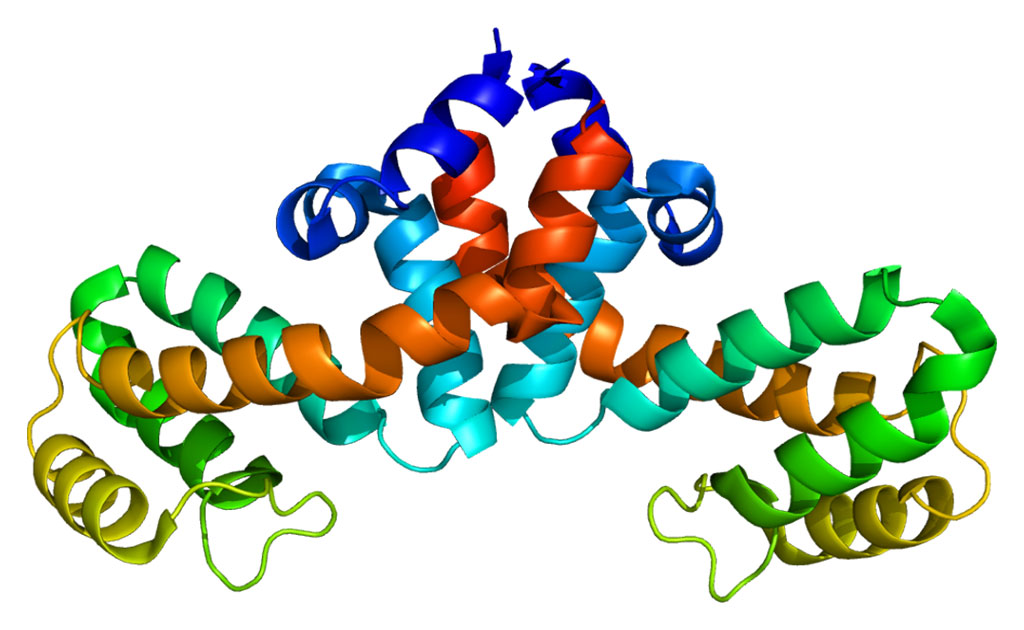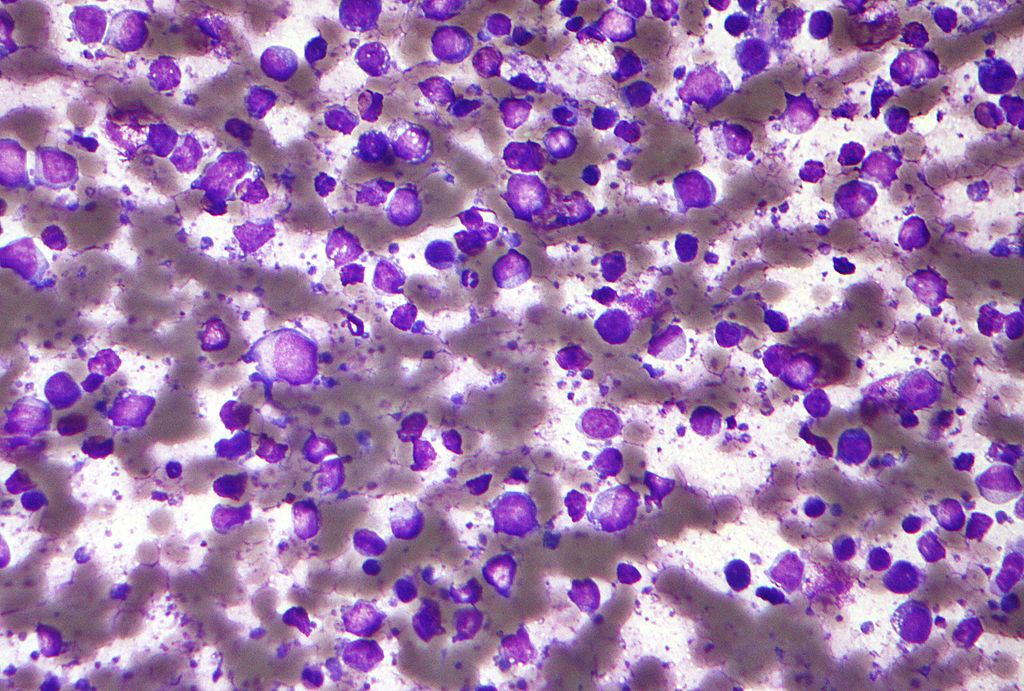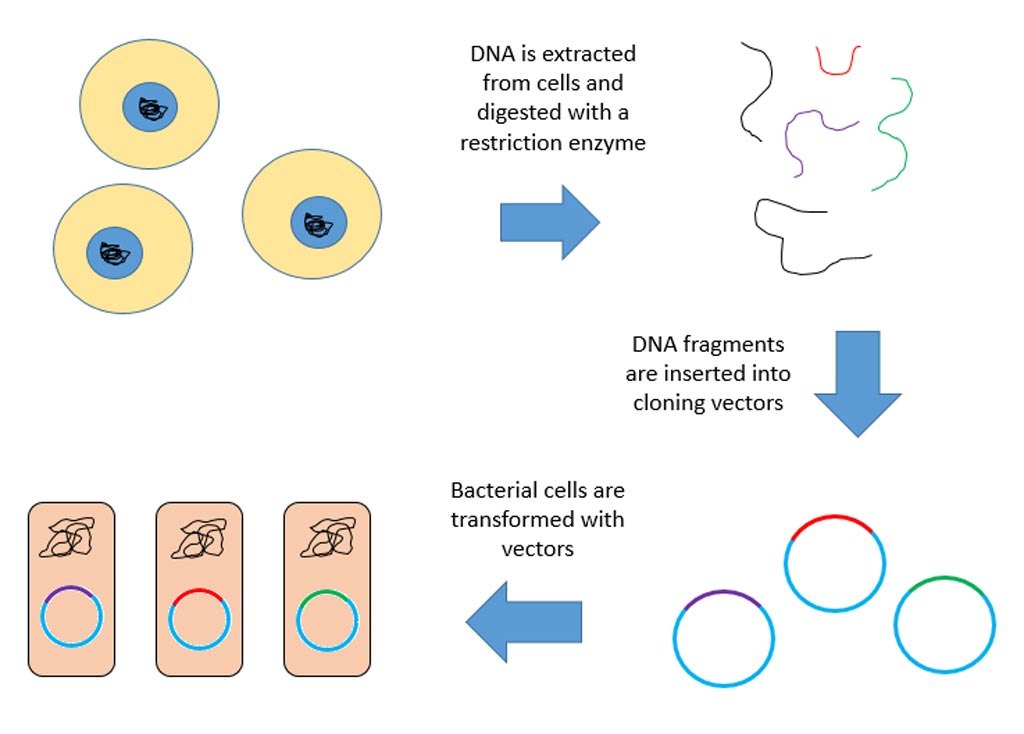Fourteen Year Study Concludes: Anthocyanins Lower Hypertension Risk
By LabMedica International staff writers
Posted on 27 Jan 2011
Anthocyanins, obtained primarily from blueberries and strawberries, reduce the risk of developing hypertension and join the list of flavonoids present in tea, fruit juice, red wine, and dark chocolate as food products that protect against cardiovascular disease.Posted on 27 Jan 2011
Investigators at the University of East Anglia (Norwich, United Kingdom) and the Harvard School of Public Health (Boston, MA, USA) followed the eating habits of more than 134,000 women and 47,000 men to examine the relationship between flavonoids and development of hypertension. The subjects, none of whom suffered from hypertension at the beginning of the study, were monitored for 14 years. During this period, they completed health questionnaires every two years, and their dietary intake was assessed every four years.
Results published in the November 24, 2010, online edition of the American Journal of Clinical Nutrition revealed that 29,018 women and 5629 men developed hypertension over the 14-year study period. Evaluation of their dietary questionnaires showed that tea was the main contributor of flavonoids, with apples, orange juice, blueberries, red wine, and strawberries also providing important amounts. Further analysis revealed that subjects consuming the highest amounts of anthocyanins (found mainly in blueberries and strawberries) were 8% less likely to be diagnosed with hypertension than those consuming the lowest amounts. Blueberries were the most potent source of anthocyanins, and those eating at least one serving of blueberries per week were 10% less likely to become hypertensive than those eating no blueberries.
"Our findings are exciting and suggest that an achievable dietary intake of anthocyanins may contribute to the prevention of hypertension,” said first author Dr. Aedin Cassidy, professor of nutrition at the University of East Anglia. "Anthocyanins are readily incorporated into the diet as they are present in many commonly consumed foods. Blueberries were the richest source in this particular study as they are frequently consumed in the United States. Other rich sources of anthocyanins in the United Kingdom include blackcurrants, blood oranges, aubergines [eggplant], and raspberries.”
Related Links:
University of East Anglia
Harvard School of Public Health













